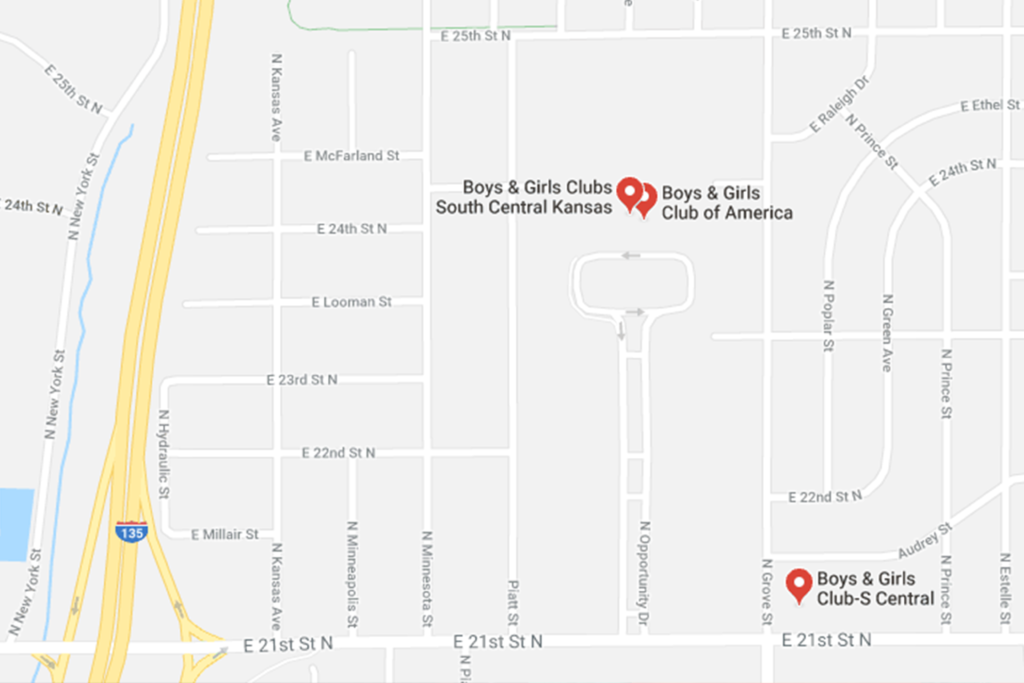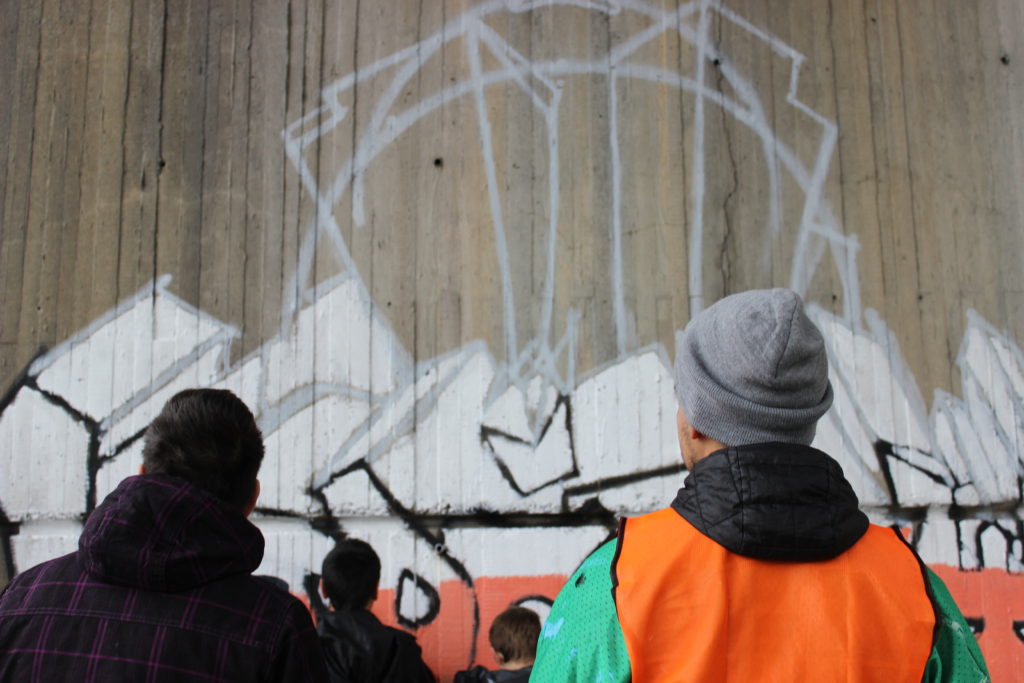In 2013, as a freshly arrived, new Wichita resident, I was on my way to a meeting being held at The Boys and Girls Club. If you are familiar with Wichita and the location of this facility, which I was not, you might remember that it sits in a large campus built in the northern edge of the historic African American Northeast neighborhoods, just east of highway I-135 on 21st Street.
This campus spans several blocks north of 21st St and about four blocks wide, nestled inside the predominantly African American neighborhood, with only one point of entry and exit. Unaware of this unorthodox architectural design, for several minutes I was not successful in entering the campus through its ironically named “Opportunity Drive.”
I drove, and looked, and drove, and looked, and drove around more, and could not access Opportunity Drive, despite it being visible from my perspective.


